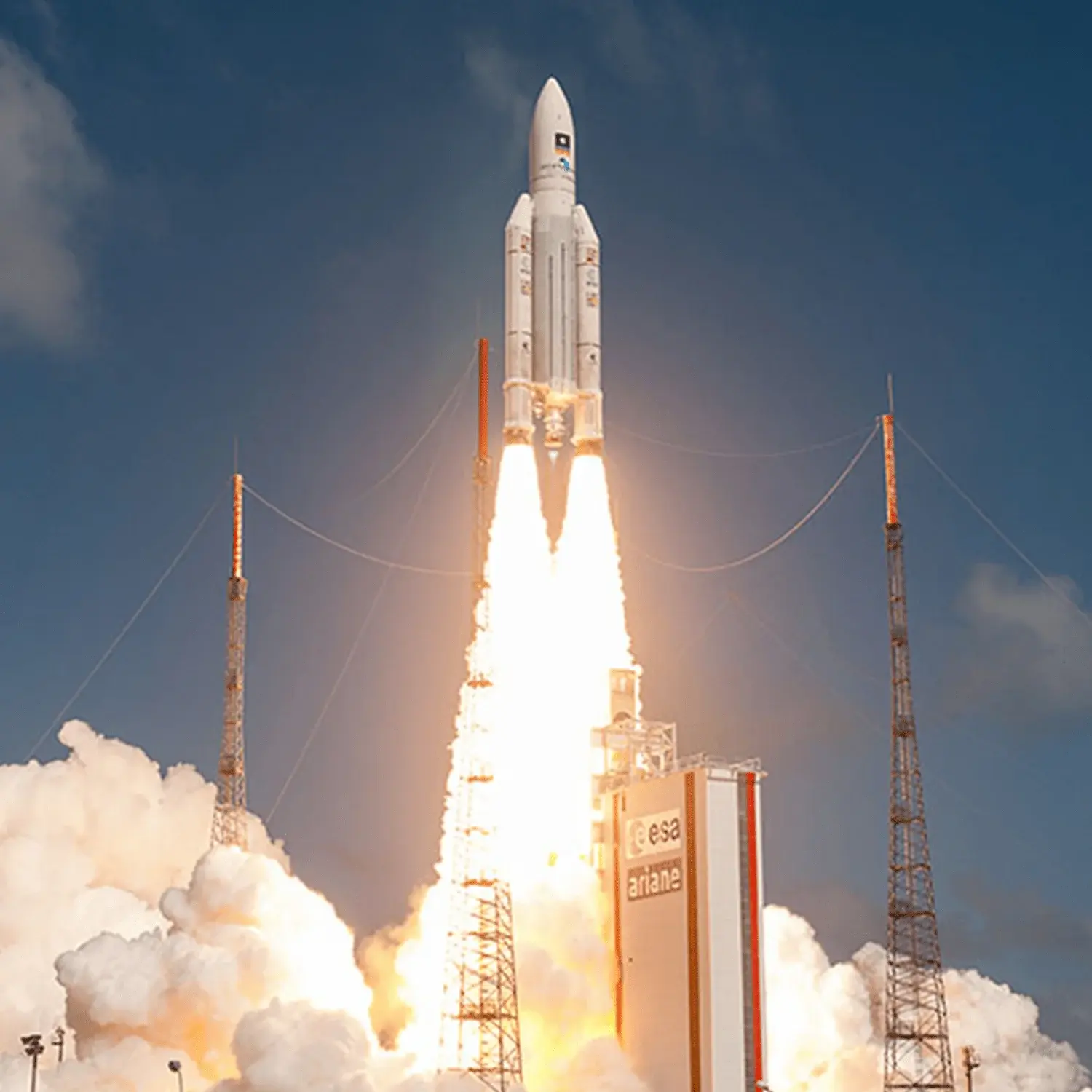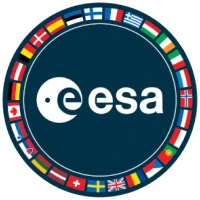ATV-5
Launch Success
Liftoff Time (GMT)
23:47:00
Tuesday July 29, 2014
Watch Replay
Official Livestream
Mission Details
Read Article
Launch Notes
Flight VA219.
ATV-5 Georges Lemaître
The Automated Transfer Vehicle, originally Ariane Transfer Vehicle or ATV, was an expendable cargo spacecraft developed by the European Space Agency (ESA) and used for space cargo transport from 2008–2014. The ATV design was launched to orbit five times, exclusively by the Ariane 5 heavy-lift launch vehicle. It effectively was a larger European counterpart to the Russian Progress cargo spacecraft for carrying upmass to a single destination—the International Space Station (ISS)—but with three times the capacity. The five ATVs were named after important European figures in science and engineering: Jules Verne, Johannes Kepler, Edoardo Amaldi, Albert Einstein, and Georges Lemaître. Following several delays to the program, the first of these was launched in March 2008. These ATVs performed supply missions to the ISS, transporting various payloads such as propellant, water, air, food, and scientific research equipment; ATVs also reboosted the station into a higher orbit while docked. The ATV was an uncrewed platform that operated with a high level of automation, such as its docking sequence; at no point was it used for transporting passengers. Further use of the ATV was proposed in 2008. Various further developments, including crewed versions of the ATV as well as opportunities to reuse sections or elements of its technology, were studied by both the ESA and Airbus Defence and Space, the principal manufacturer of the vehicle. However, on 2 April 2012, the ESA announced that the ATV program would be terminated following the launch of the fifth ATV in 2014. In 2012, ESA member states decided that the ATV design might be adapted to serve as the service module of the NASA Orion spacecraft. In January 2013, the ESA and NASA announced that they would proceed with a combined Orion and ATV-derived service module, which would serve as a major component for the in-development Orion crewed spacecraft.
Low Earth Orbit
1 Payload
19,896 kilograms
Rocket


Manufacturer
ESARocket
Diameter: 5.4m
Height: 50.5m
Payload to Orbit
LEO: 21,000 kg
Liftoff Thrust
15,120 Kilonewtons
Fairing
Diameter: 5.4m
Height: 17m
Stages
2
Strap-ons
2
Launch Site
Stats
Ariane 5
74th
Mission
3rd
Mission of 2014
European Space Agency
216th
Mission
6th
Mission of 2014
2014
45th
Orbital launch attempt